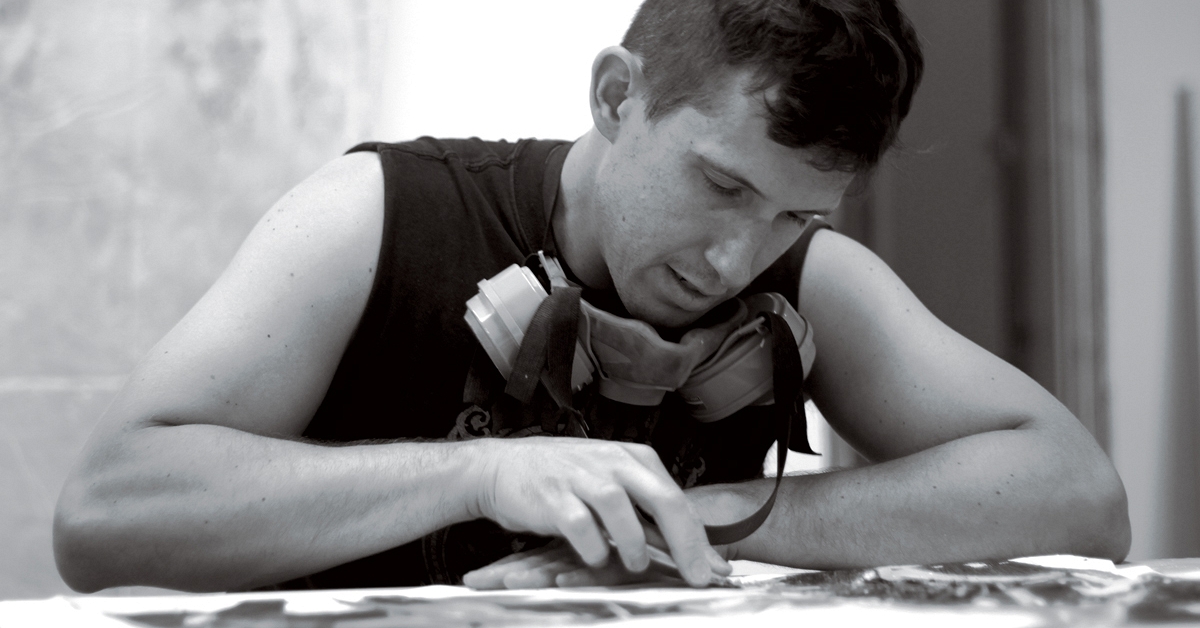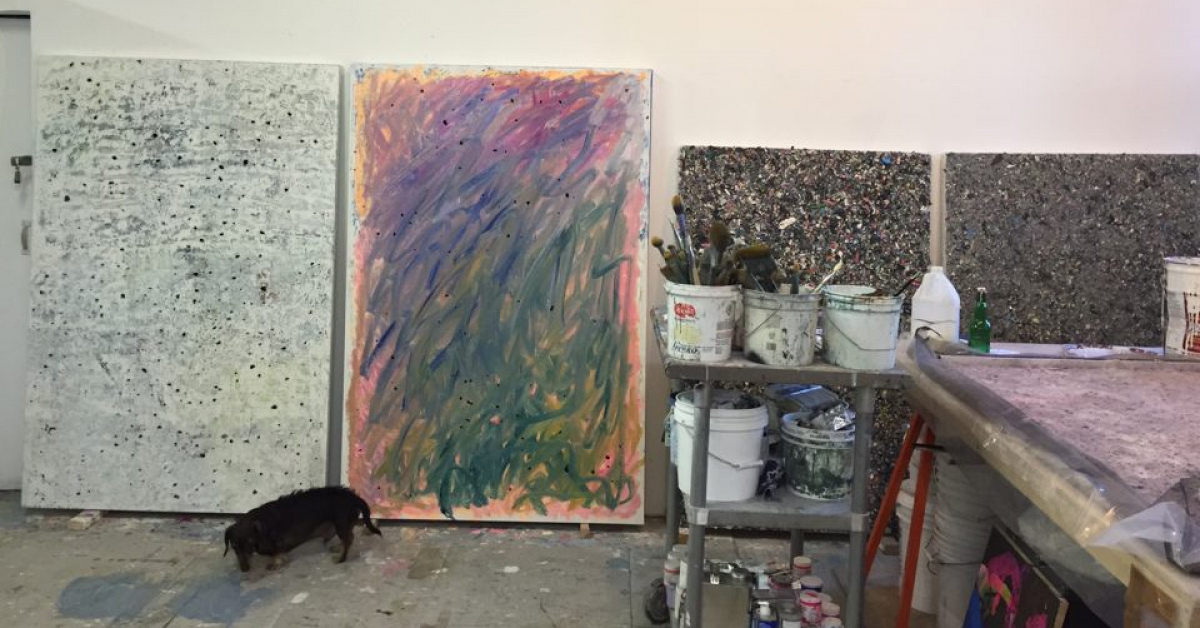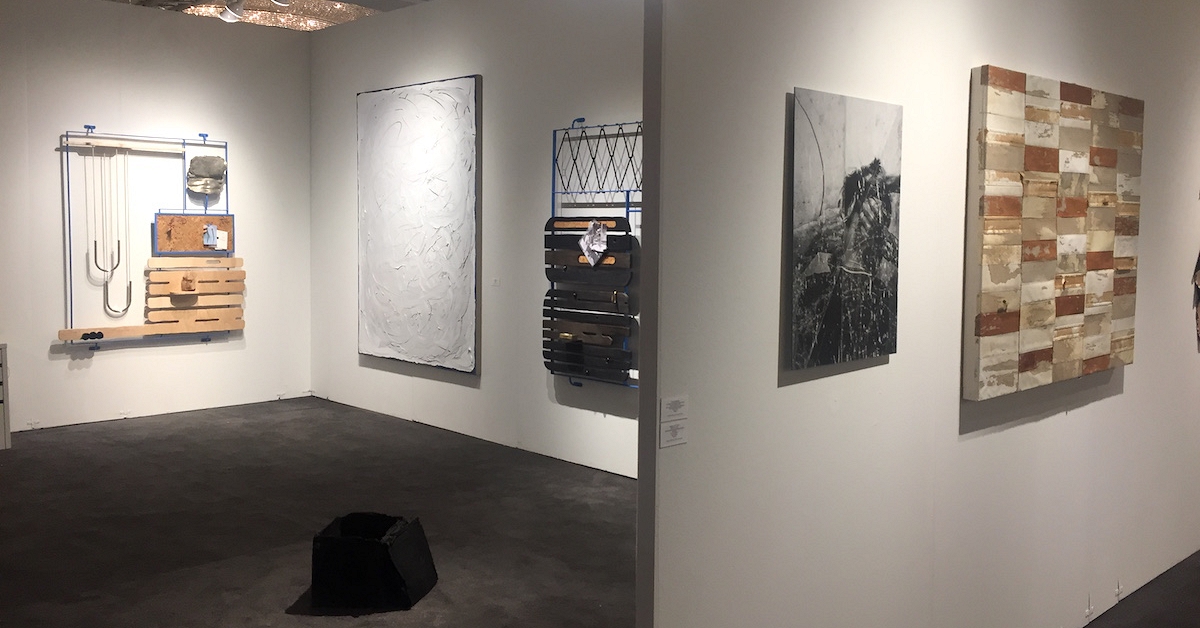These 3 Portrait Painters Offer a Pensive Look at the Importance of Representation
EDITION / Nov 16, 2021 / by Nakia Hicks / Go to Original
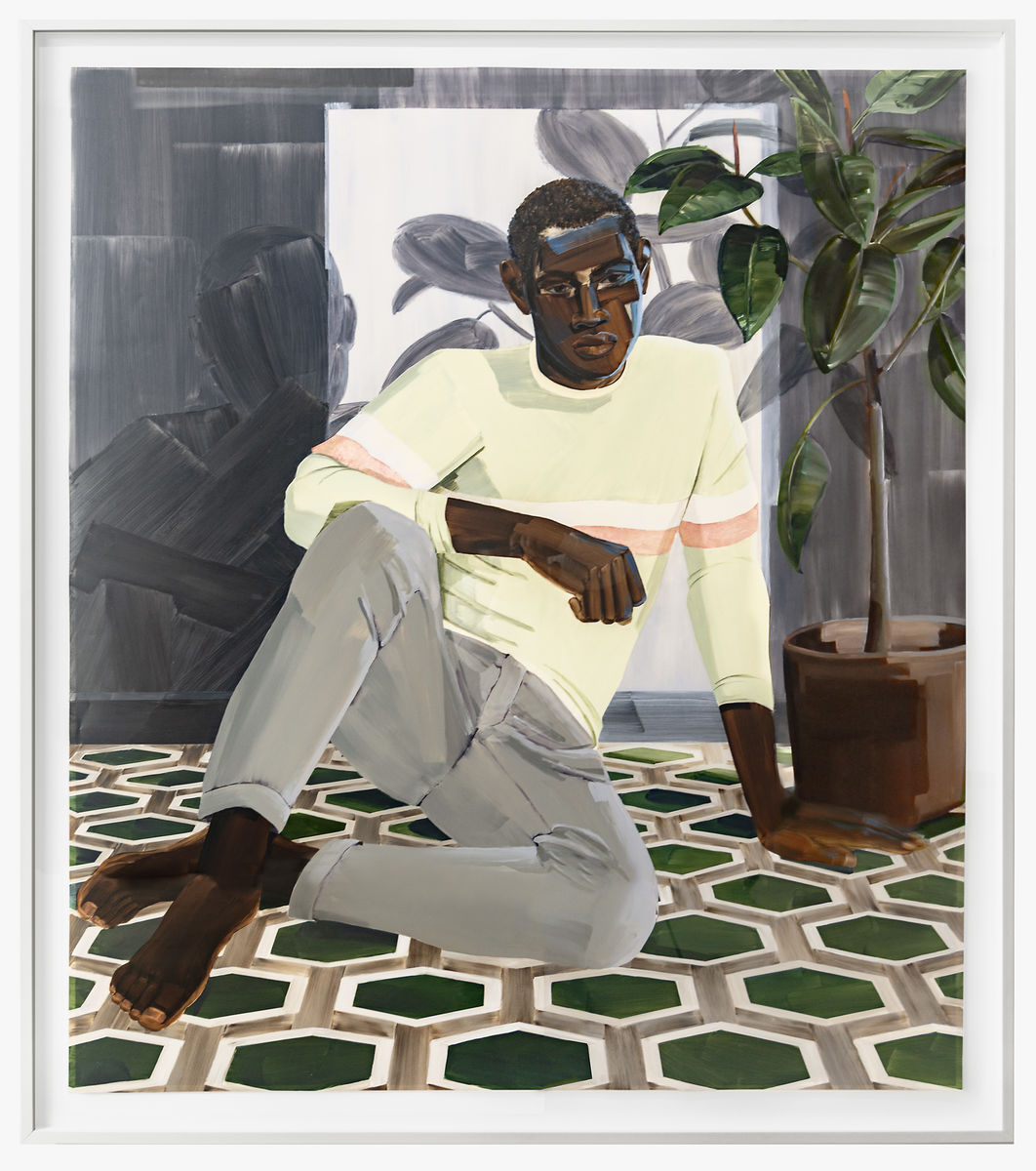
Greg Breda, “I find it hard to say" (2019) PHOTO BY EVAN JENKINS/COURTESY OF THE ARTIST AND PATRON GALLERY, CHICAGO
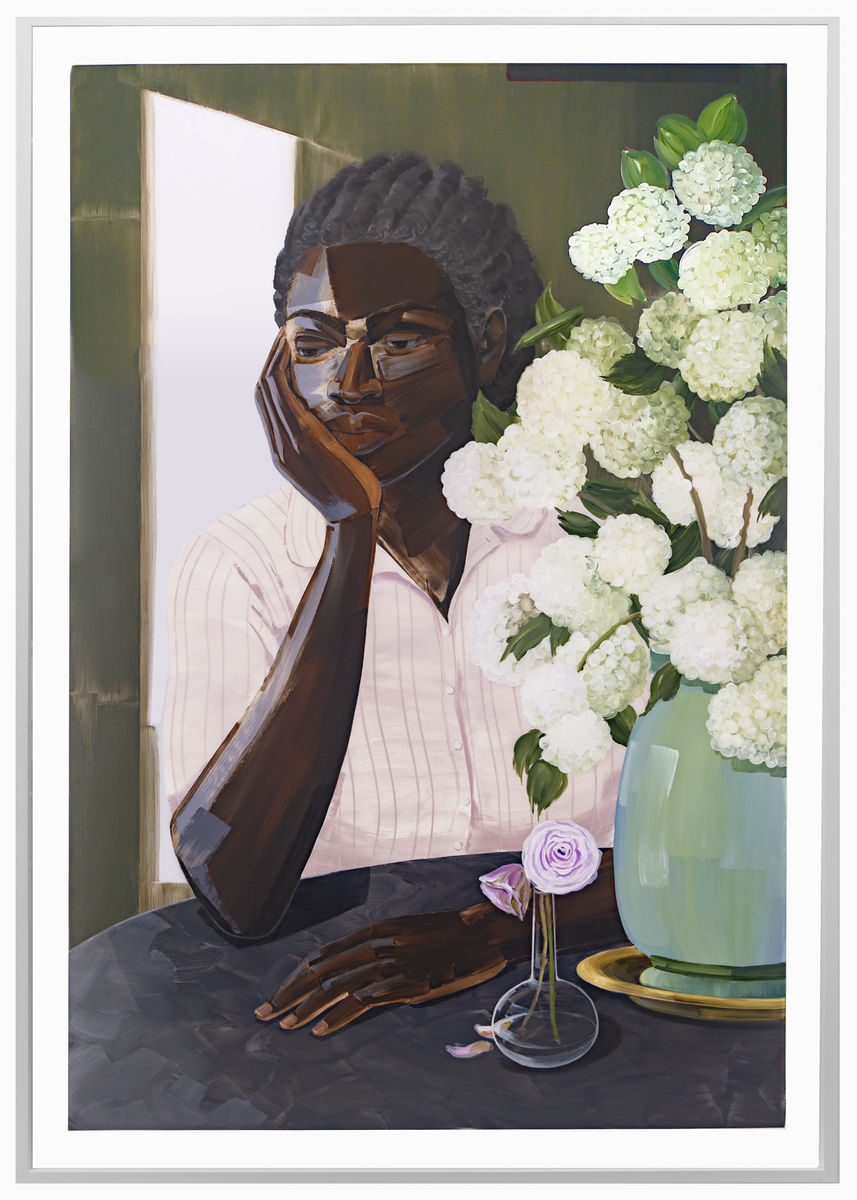
Greg Breda, “Lament" (2019) PHOTO BY EVAN JENKINS/COURTESY OF THE ARTIST AND PATRON GALLERY, CHICAGO
“I SEE THE FIGURES IN VARIOUS STATES OF TRANSFORMATION, WHERE THE SURFACE OF THE BODY, LIKE THE COMPLEXITIES OF ONE’S EGO, MAINTAIN SELF-ENTITLEMENTS, ANGST AND ALL OF THE ISMS THAT CHALLENGE OUR HUMANITY THEN BREAK, GIVING WAY TO MEASURES OF LIGHT, UNDERSTANDING, COMPASSION, WISDOM, ENLIGHTENMENT.” -GREG BREDA
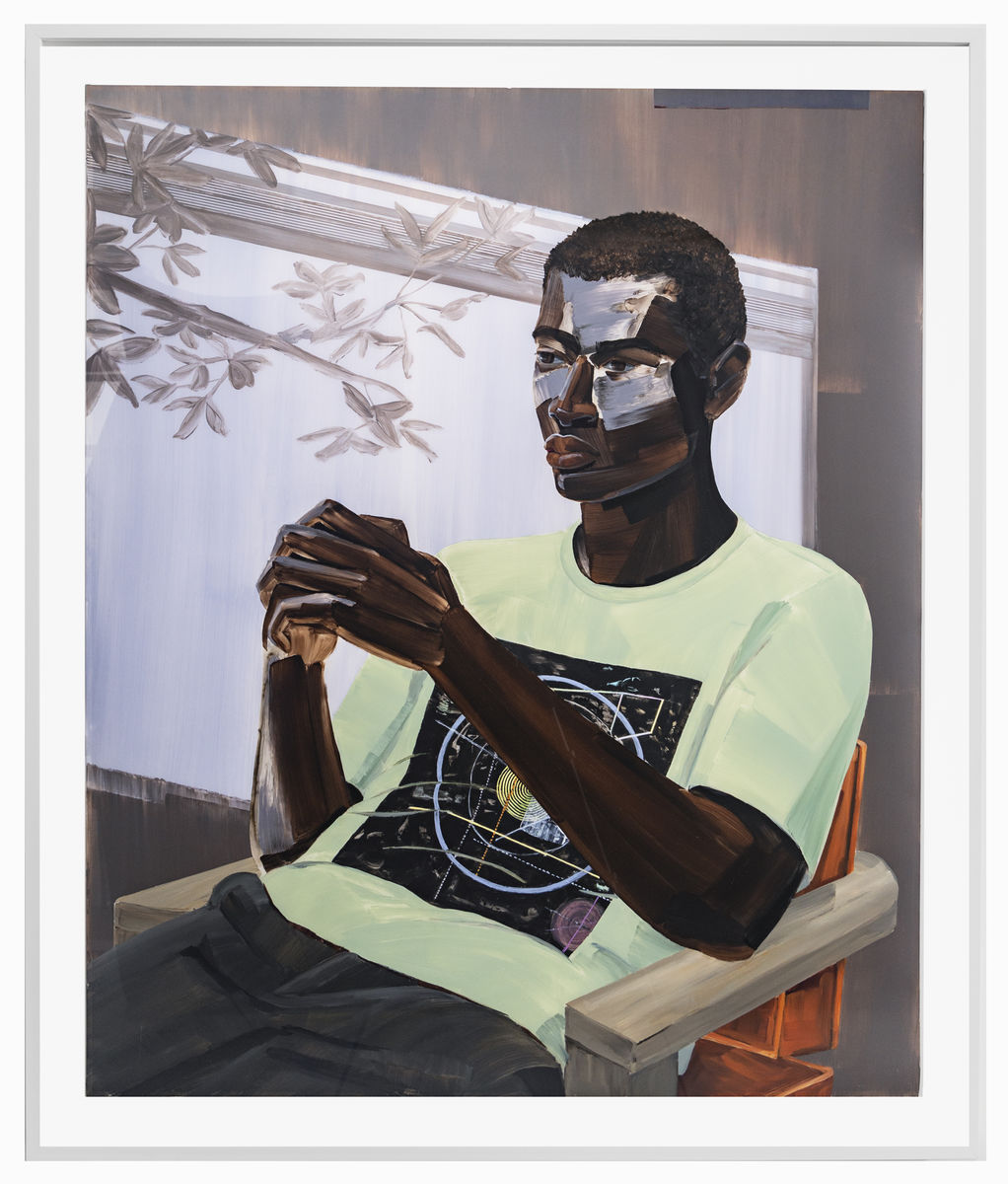
Greg Breda, “Resolution" (2019). PHOTO BY EVAN JENKINS/COURTESY OF THE ARTIST AND PATRON GALLERY, CHICAGO
The Western world is engaged in a schizophrenic relationship with the Black image. For thousands of years, starting with the nose on the sphinx, it has found itself in the internal conflict between adoration and the insidious need to manipulate the Black face in order to perpetuate a narrative that coincides with the injustices woven into the cultural, social, and political climate that allows its power structure to be maintained.
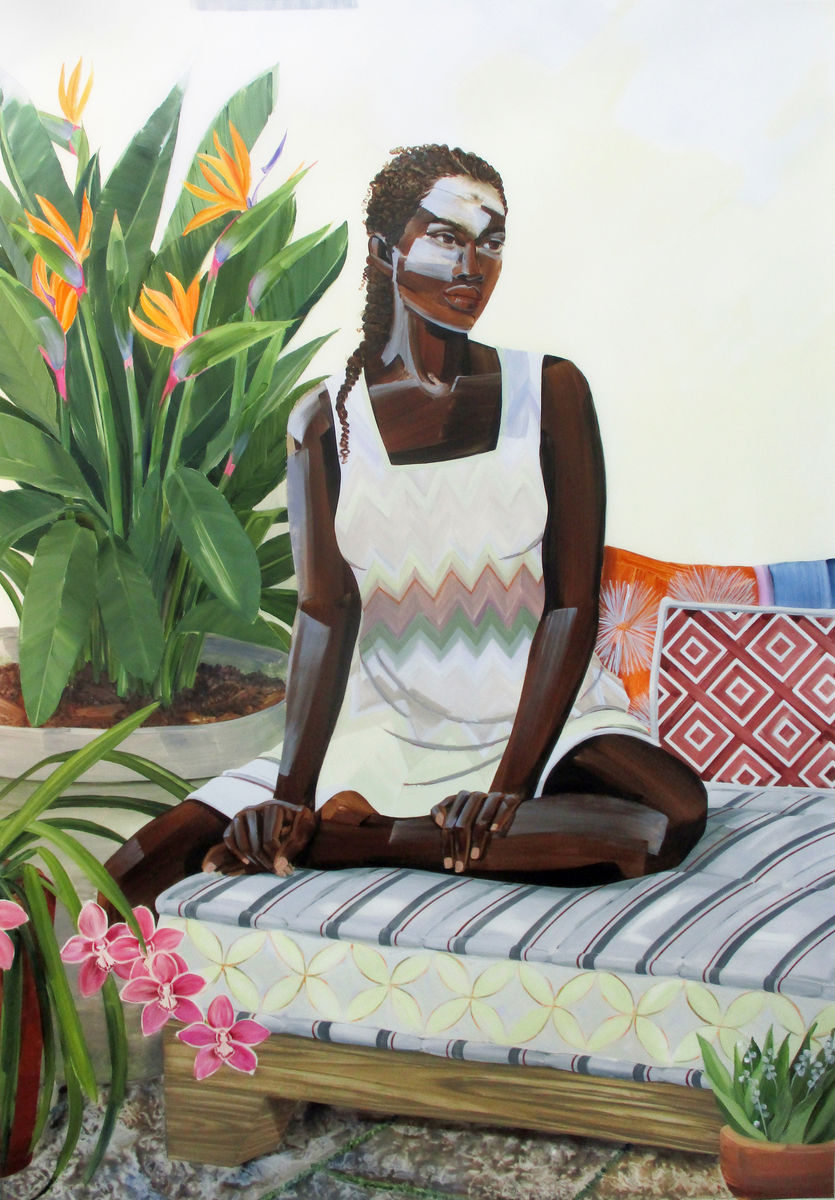
Greg Breda, “Breadth…Width…Depth…" (2019) PHOTO BY EVAN JENKINS/COURTESY OF THE ARTIST AND PATRON GALLERY, CHICAGO
Black portraiture in particular has never had the luxury of being art for art’s sake. Instead, it has always been put to work. The functional tool of both the ruling and subservient classes—one for the sake of pride, the other for self-identity and representation.
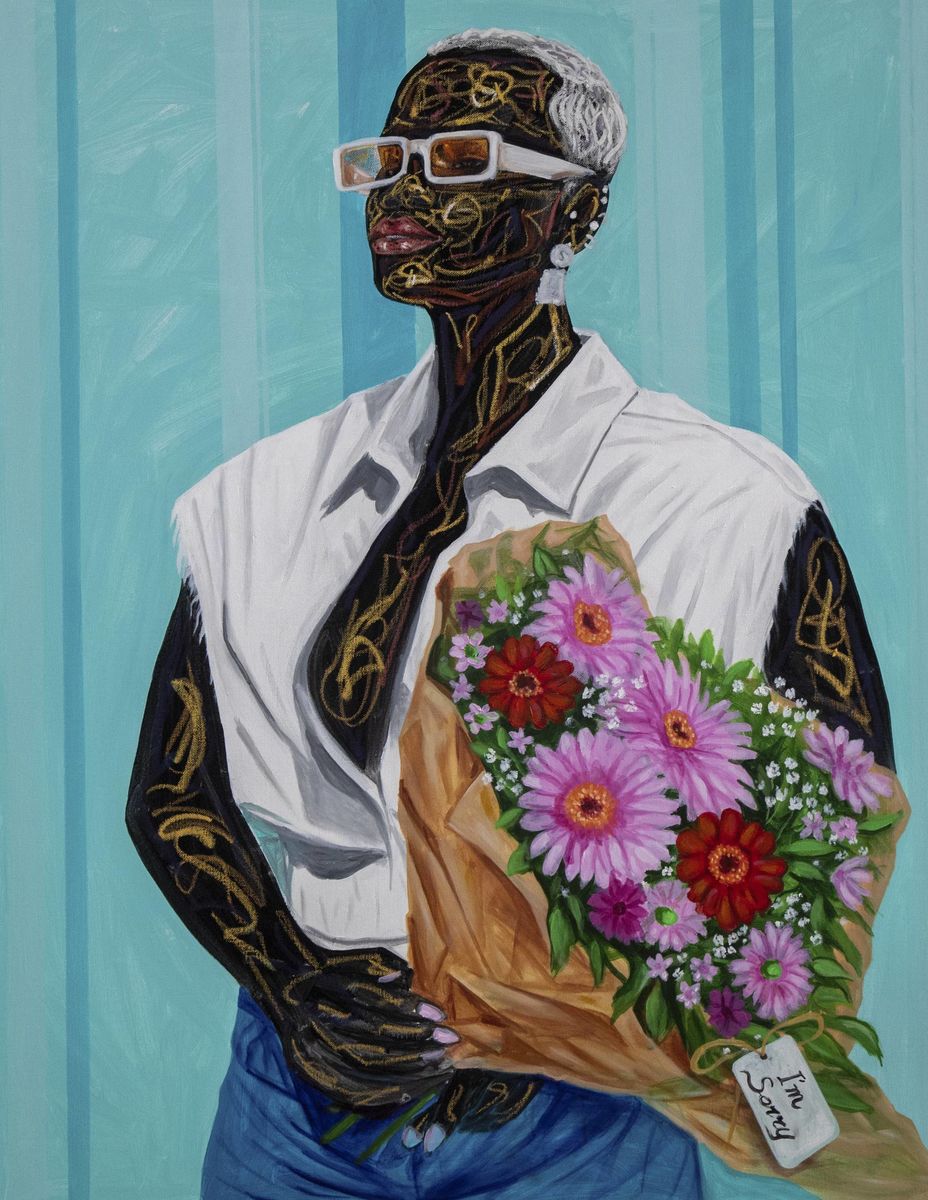
Lord Ohene OkyereBour, “Apologies", (2021) PHOTO BY KOFI PICTURES/COURTESY OF LORD OHENE OKYERE-BOUR
Nineteenth-century Black photographers like Thomas Askew and James Van Der Zee sought to reimagine the Black image, hoping that the images would compel its viewer to see the Black being as human. And somehow, almost 100 years later, the mission remains the same.
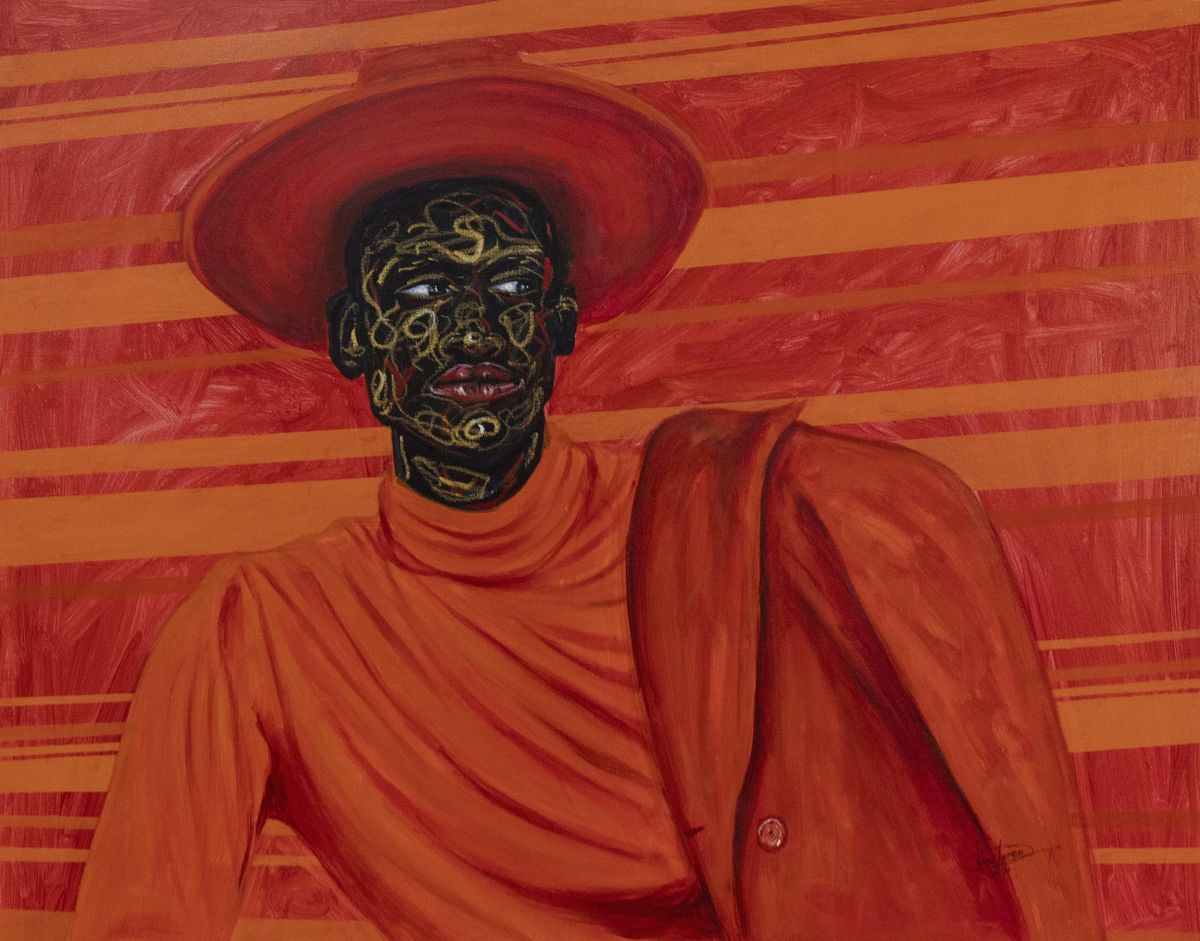
Lord Ohene Okyere-Bour, “Oxymoron" (2021) PHOTO BY KOFI PICTURES/COURTESY OF LORD OHENE OKYERE-BOUR
“THERE IS NO QUESTION THAT REPRESENTATION IS CENTRAL TO POWER. THE REAL STRUGGLE IS OVER THE POWER TO CONTROL IMAGES.” -THELMA GOLDEN
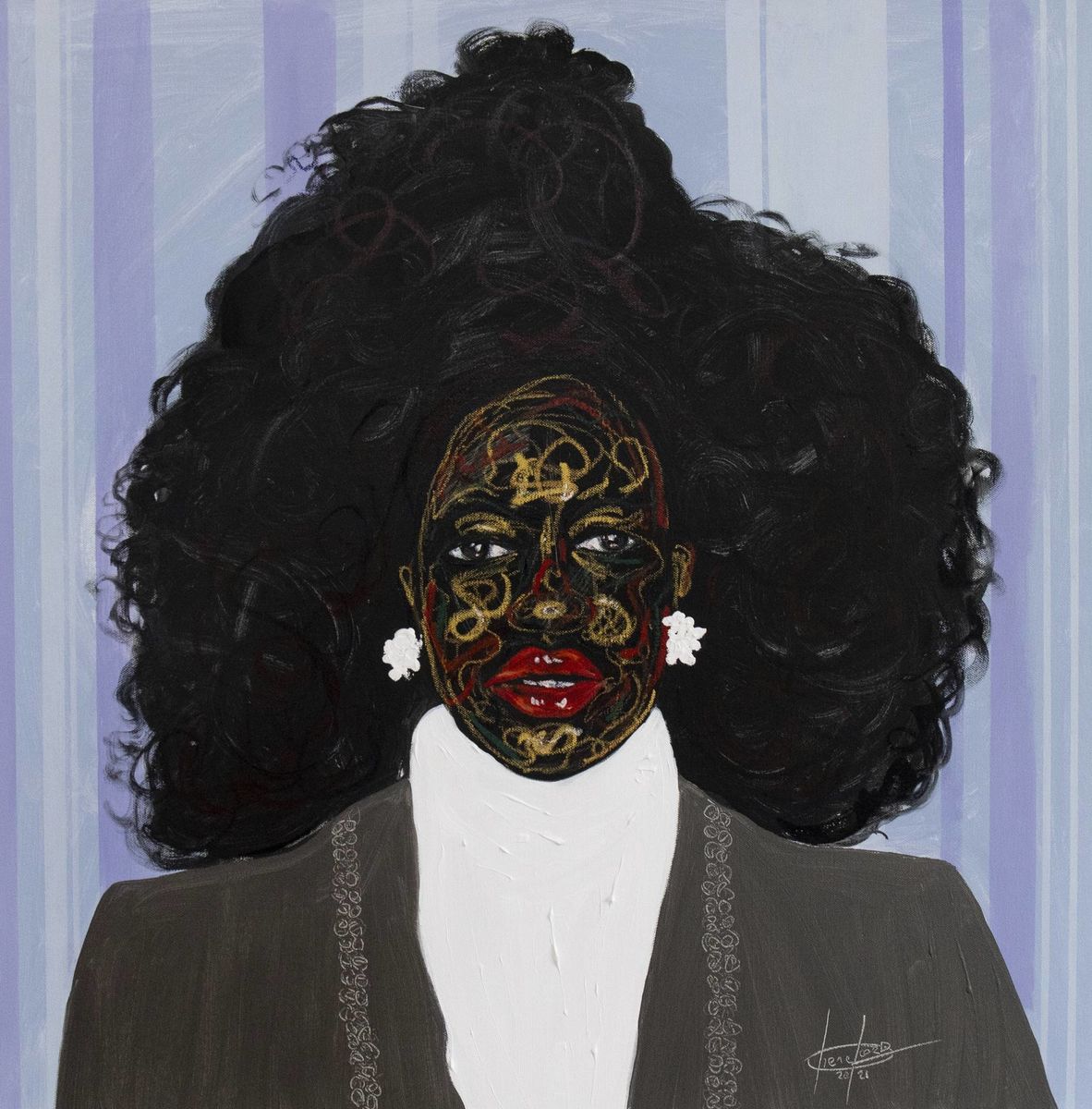
Lord Ohene Okyere-Bour, “Anxious Nothing" (2021). PHOTO BY KOFI PICTURES/COURTESY OF LORD OHENE OKYERE-BOUR
Present-day portrait painters like the Ghana-based artists Otis Kwame Kye Quaicoe (@otis_quaicoe) or Lord Ohene Okyere-Bour (@ohenelord) and American-born Greg Breda (@greg_breda) have accepted the mantle, making it their art’s mission to assign a defiance, soft wistfulness, and humanity to the Black image in a way that, historically, has been missing. “I want to document Black people and Black culture to show future generations the lives of Black people across the world as it is today, to help break down social stereotypes and stigma that come with living in Black skin. I want people in the future to have a correct representation of Black people in [the] present day,” says Quaicoe of his approach to portraiture.
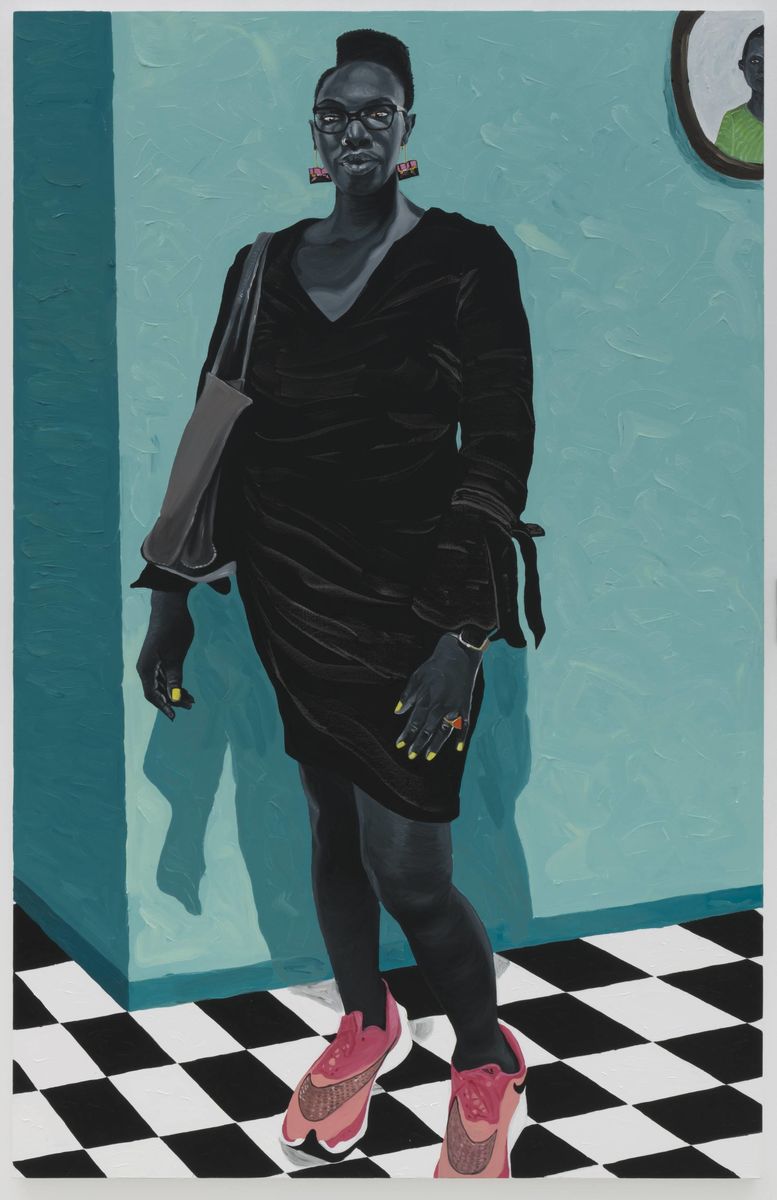
Otis Kwame Kye Quaicoe, “Faith J. McKinnie" (2020) PHOTO BY ALAN SHAFFER/COURTESY OF THE ARTIST AND ROBERTS PROJECTS LOS ANGELES
Lord Ohene, marries figurative art with traditional portraiture, to produce vibrant and unabashedly proud displays of Black majesty. The art of Breda is like nothing seen before in Black art. There is a provocation toward nature, the ethereal and spiritual transformations of Black people that are usually overlooked. “I see the figures in various states of transformation,” says Breda, “where the surface of the body, like the complexities of one’s ego, maintain self-entitlements, angst and all of the isms that challenge our humanity then break, giving way to measures of light, understanding, compassion, wisdom, enlightenment.” Breda’s art completes the proverbial assignment. It captures the contemplative and subconscious humanity of the Black subject that artists have been fighting to push across for centuries.
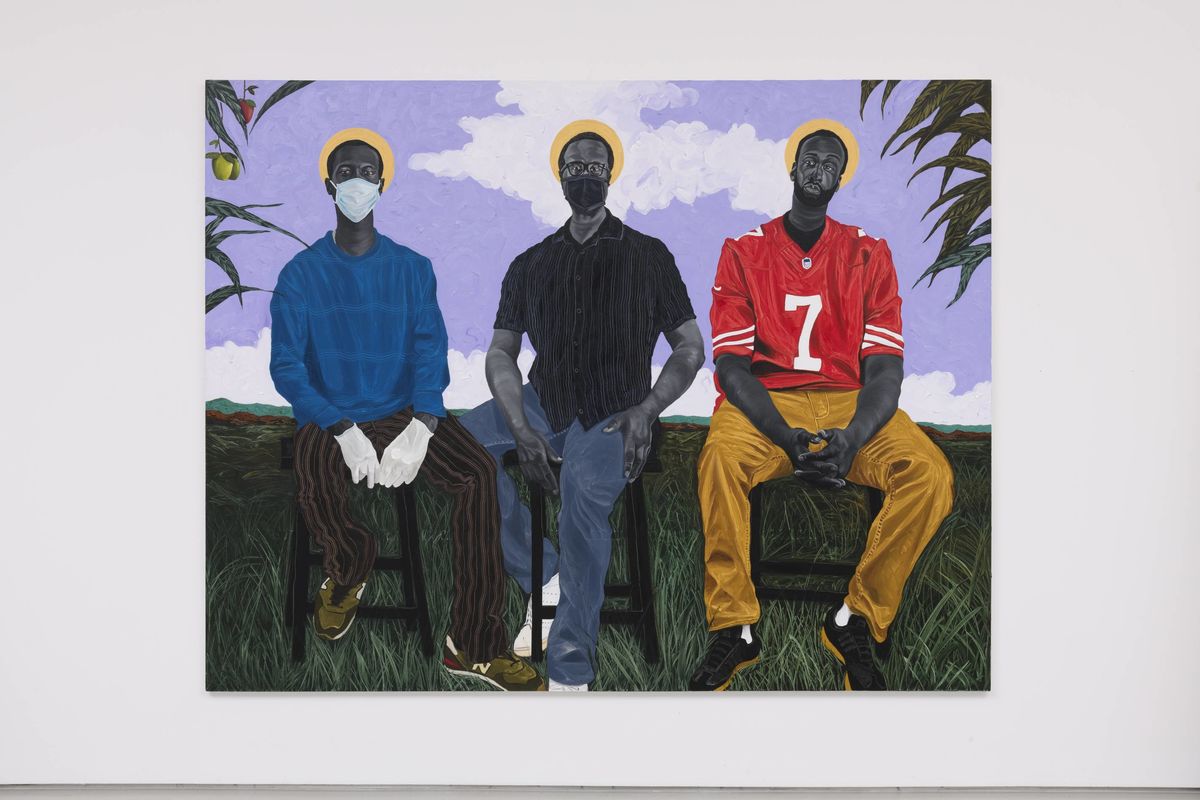
Otis Kwame Kye Quaicoe, “Aftermath" (2020) PHOTO BY ALAN SHAFFER/COURTESY OF THE ARTIST AND ROBERTS PROJECTS LOS ANGELES
“I WANT TO DOCUMENT BLACK PEOPLE AND BLACK CULTURE TO SHOW FUTURE GENERATIONS THE LIVES OF BLACK PEOPLE ACROSS THE WORLD AS IT IS TODAY, TO HELP BREAK DOWN SOCIAL STEREOTYPES AND STIGMA THAT COME WITH LIVING IN BLACK SKIN. I WANT PEOPLE IN THE FUTURE TO HAVE A CORRECT REPRESENTATION OF BLACK PEOPLE IN [THE] PRESENT DAY.” -OTIS KWAME KYE QUAICOE
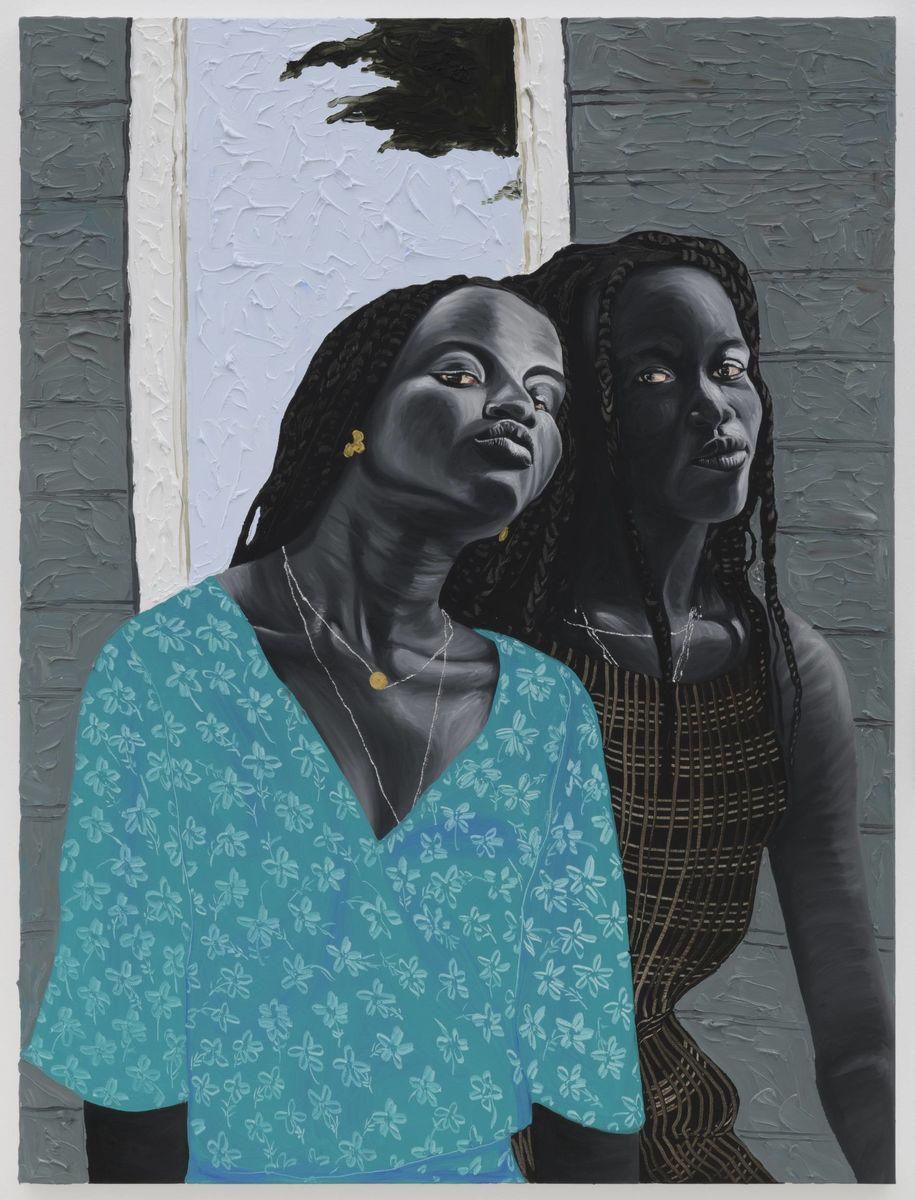
Otis Kwame Kye Quaicoe, “Shelcy and Christy" (2020) PHOTO BY ALAN SHAFFER/COURTESY OF THE ARTIST AND ROBERTS PROJECTS LOS ANGELE
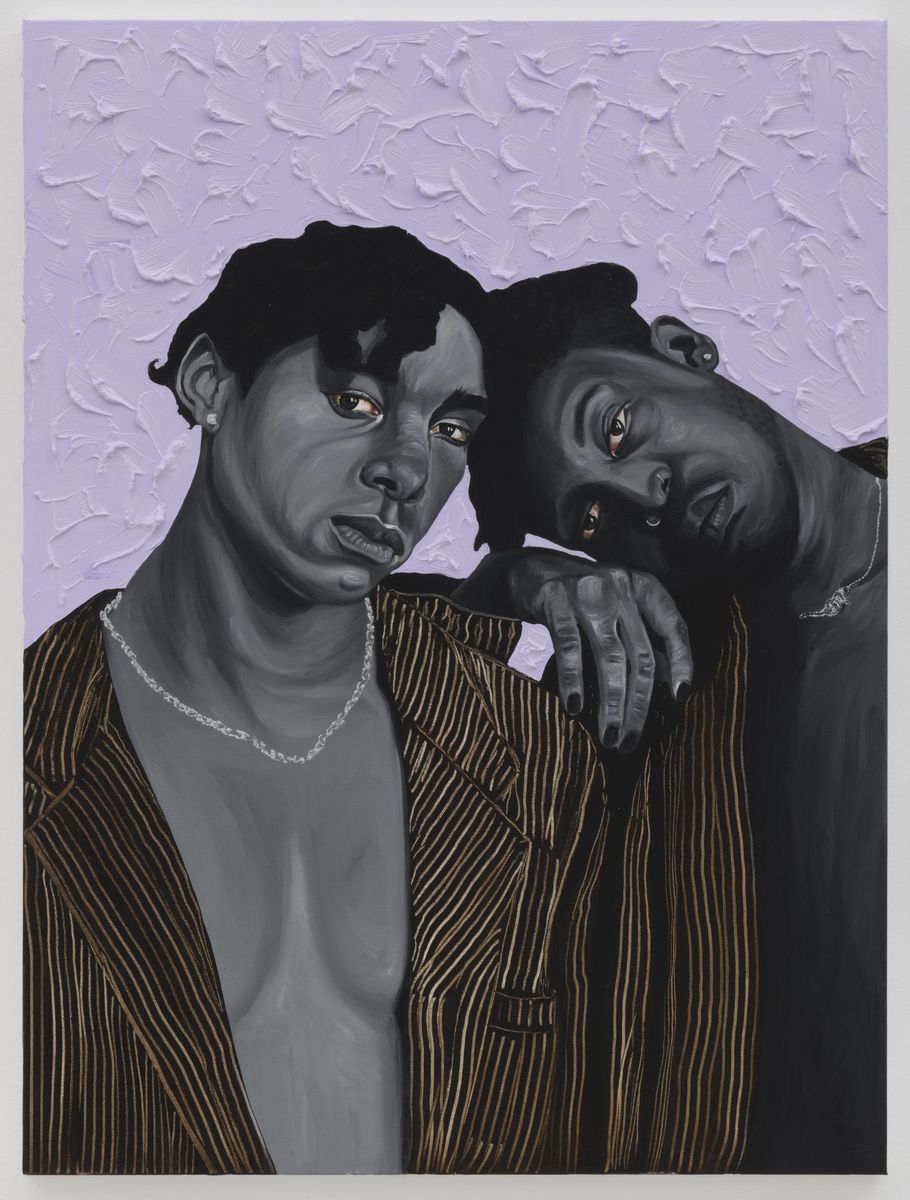
Otis Kwame Kye Quaicoe, “Allure" (2020) PHOTO BY ALAN SHAFFER/COURTESY OF THE ARTIST AND ROBERTS PROJECTS LOS ANGELE
As Quaicoe expresses, while the challenges continue to present themselves for Black creatives, there is a relief present in the art world that did not exist in times past. The current climate of inclusion creates a landscape of possibility to redefine the way Black subjects are seen. There now exists an opportunity to see the Black images in the majestic light that they have always deserved. And we are all the better for it.

